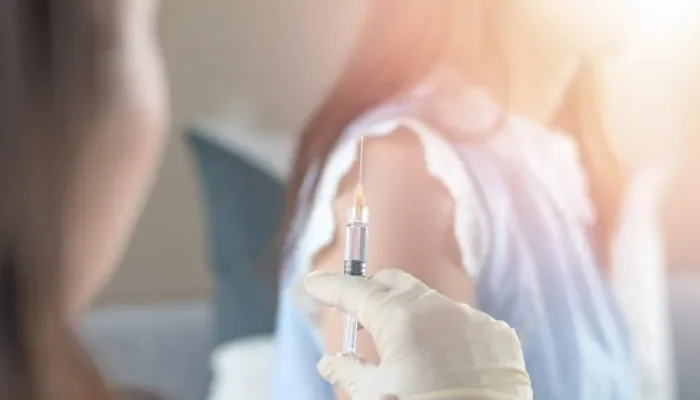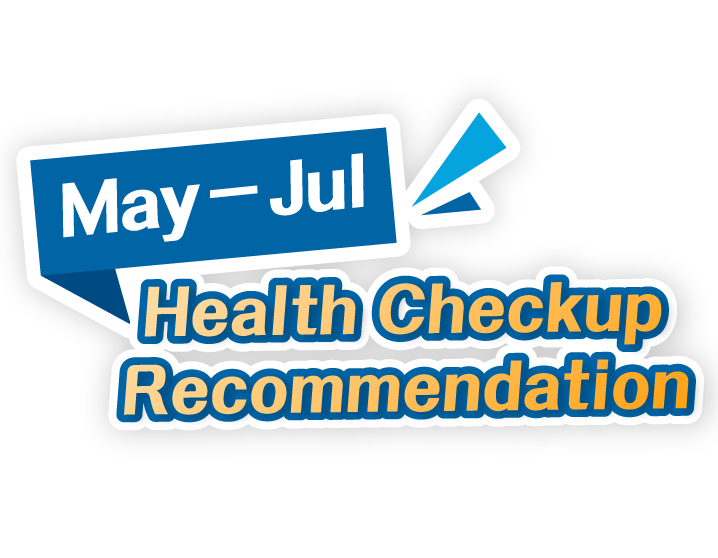- Home
- Zoster (Shingles)
Zoster (Shingles)
Zoster (Shingles)
Zoster (Shingles) is a painful, blistering rash that appears on the body of the patient.

Causes of Shingles
The zoster virus, which also causes varicella, causes shingles. When varicella sores heal, the virus remains dormant in nerves, where it can later manifest as shingles. To put it another way, once you’ve had varicella, you’re at risk for zoster.
Your immune system decreases as you become older, making it easier for zoster to get past your body’s defenses. As a result, the risk of zoster grows dramatically as you become older. Furthermore, those with compromised immune systems, such as those who have high blood pressure, diabetes, gout, or rheumatoid arthritis, are more susceptible to zoster.
Twenty years ago, the first varicella vaccine was introduced. As a result, most persons over the age of 50 have had varicella. In Hong Kong, more than 95% of people have had varicella, putting them at an increased risk of developing shingles. One-third of the population is at risk.
Symptoms of Shingles
The patient may have weariness, headaches, an upset stomach, or a fever that is comparable to that of the flu when shingles first appears. They usually begin to feel pain 24 to 48 hours after the onset. As the virus progresses along one or more nerves, a rash or blisters emerge on the skin.
Shingles is a painful condition. Even if the patient does not touch the rash, they may experience pain. Shingles can range in severity from mild to severe, depending on the patient’s immunity and nerve distribution, as well as the virus’ activity. About a quarter of patients will develop severe consequences, such as rashes that spread to the eyes and ears, which can lead to persistent ocular illness and vision loss.
Patients with shingles should keep their rashes covered and avoid coming into contact with the blister fluid. Because the zoster virus is contagious, persons who have never had chickenpox may become sick. Those who have never had chickenpox should use extreme caution when caring for shingles sufferers. People who have had chickenpox are immune to the virus.
Treatment of Shingles
Anti-virus medication should be taken for 5-10 days within 72 hours of the commencement of the illness. The medication can help to prevent the spread of rashes and blisters, as well as minimize the risk of developing postherpetic neuralgia. Antidepressants and antiepileptic medications may be used to treat nerve pain, but they also have negative side effects.
Preventions of Shingles
- Boost your immune system’s performance
- Pay attention to your diet, get enough exercise, and make sure the indoors are well ventilated.
- Vaccination
1. Zoster Vaccine
Herpes zoster (shingles), herpes zoster-related postherpetic neuralgia (PHN), and acute and chronic Zoster-associated pain can all be prevented with the zoster vaccine, which is an active vaccination. It was approved by the USFDA and the EMEA in 2006, and it is currently registered in the United States, Canada, the United Kingdom, Australia, Korea, and Singapore.
The zoster vaccine is recommended for people 50 years and older, and it is given in a single shot. However, it is not recommended for people who are allergic to gelatine, neomycin, or any other component of the vaccine, as well as people who have primary or acquired immunodeficiency, are on immunosuppressive therapy (including high-dose corticosteroids), have active untreated tuberculosis, or are pregnant. The zoster vaccination may induce side effects such as redness, soreness, and tenderness, as well as swelling and headache at the injection site. As a result, you should seek medical advice before obtaining the immunization.
2. Varicella Vaccine
The varicella-zoster virus causes both shingles and varicella. Children who receive the varicella vaccine are not at risk of contracting shingles. Both varicella vaccine doses should be given at the age of one year and before the start of primary school.

